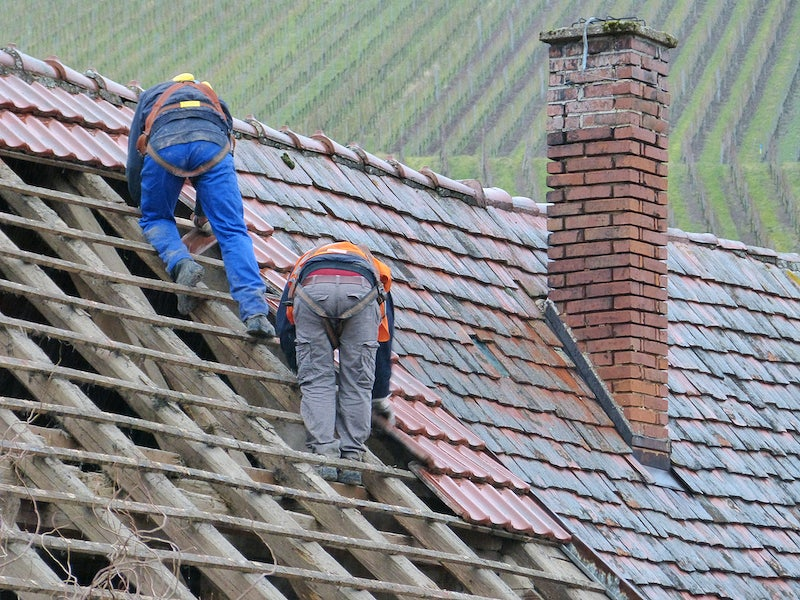Introduction (50 words): Roofing is an essential component of any building, protecting it from the elements. Over the years, advancements in technology and materials have revolutionized the roofing industry. This article explores the latest innovations in roofing, focusing on enhancing durability, energy efficiency, and sustainability.

- Durable Roofing Materials (100 words): Traditional roofing materials like asphalt shingles and clay tiles are now being supplemented with more durable options. One such material is synthetic roofing, which combines the aesthetics of natural materials with enhanced strength and longevity. These synthetic options can mimic the appearance of wood, slate, or even metal while providing superior resistance to weathering, fading, and impact.
- Cool Roofing Solutions (100 words): In response to the growing concern over energy efficiency, cool roofing has emerged as an innovative solution. These roofs are designed to reflect more sunlight and absorb less heat, reducing the cooling load on buildings. Cool roofing materials, such as reflective coatings and light-colored tiles, can significantly lower energy consumption, especially in warm climates. Furthermore, they contribute to mitigating the urban heat island effect by reducing surface temperatures in urban areas.
- Green Roofing Systems (100 words): Green roofing systems have gained popularity due to their environmental benefits. These roofs incorporate vegetation, creating a layer of natural insulation and contributing to improved air quality. Besides their aesthetic appeal, green roofs help reduce stormwater runoff, enhance biodiversity, and mitigate the heat island effect. The vegetation acts as a natural filter, removing pollutants from rainwater before it enters the drainage system. Green roofing not only benefits the environment but also offers potential cost savings by reducing energy usage for heating and cooling.
- Solar Roofing Technology (100 words): Solar roofing has emerged as a game-changer in the quest for renewable energy sources. These roofs integrate solar panels directly into the roofing material, capturing sunlight and converting it into electricity. Advancements in photovoltaic technology have made solar roofs more efficient, visually appealing, and cost-effective. Homeowners and businesses can now generate clean energy while reducing their dependence on the grid. The excess energy produced can even be sold back to the utility company, creating potential revenue streams.
Conclusion (50 words): The roofing industry continues to evolve, driven by the need for durability, energy efficiency, and sustainability. Innovations such as durable synthetic materials, cool roofing solutions, green roofing systems, and solar technology are transforming the way we think about roofs. Embracing these advancements can lead to more resilient buildings, reduced energy consumption, and a greener future.


